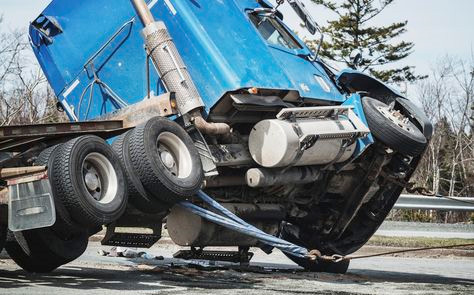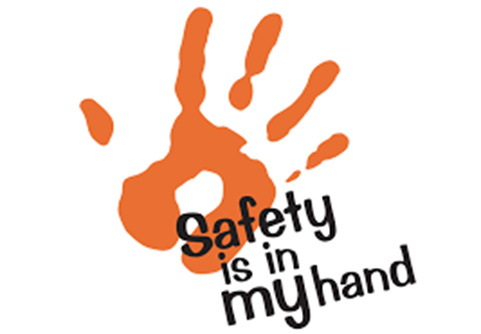Las Vegas, in Nevada’s Mojave Desert, is a resort city famed for its vibrant life, centered around 24-hour casinos and other entertainment options. Las Vegas is a driver’s city, not a pedestrian’s city. Major streets have a speed limit of 45 mph.
Statistics
First off, over 1,300 people were killed in accidents in the state from 2010 to 2014. This comes out to an average of over 260 people a year. In 2014, the state’s rate of motor vehicle fatalities was greater than the national average, with 1.15 people being killed for every 100 million vehicle miles traveled. In Las Vegas itself, almost 200 people per year lost their lives over the three-year period from 2010 to 2014. Apart from the loss of life, such accidents cost Nevada residents over $2.4 billion in 2014, including medical costs, property damage, legal and court costs and emergency services costs.
Preliminary numbers show that 321 traffic fatalities occurred on Nevada roads in 2015, an increase of 31 deaths compared to the previous year, or a 10.3% increase. In 2017,traffic deaths across the state decreased for the first time since 2011, but more pedestrians died in Nevada than at any point in the state’s history, officials announced Friday. In 2017, 305 died in crashes statewide compared with numbers from 2016, when 329 people died on the roads, department data shows. If you have been a victim of a truck accident, seeking help from a reliable truck accident lawyer would be very helpful in filing charges and getting the compensation you deserve.
Causes
Driver-Related Causes:
The vast majority of motor vehicle accidents – including car, truck and motorcycle collisions – are caused by driver behavior.
- Speeding
These accidents occur because a driver was exceeding the speed limit
- Drunk Driving
A driver who has consumed alcohol, can suffer from impair judgment, vision, reaction time and physical abilities. Nearly one-third of traffic fatalities in the U.S. each year involve a drunk driver.
- Distracted Driving
Some common distractions include: talking on the phone, texting, eating, smoking and looking at in-vehicle navigation systems.
- Texting While Driving
Texting takes all three forms of a driver’s attention from the road: visual, cognitive and manual.
- Other Traffic Violations – Some examples include:
- following too closely (tailgating),
- running a red light,
- failing to yield the right of way,
- driving with broken headlights.
- Not following the rules
- Sleepy or irritated driver
External Causes:
- Defective Auto Parts
When automobile parts are poorly designed or manufactured, they may malfunction. Brake failure, tire blowouts and unintended acceleration are all examples of vehicle defects .
- Hazardous Roadways
Improperly designed and poorly maintained roads may cause serious collisions,
- Weather Conditions
Rain, fog, snow and wind may all create dangerous driving conditions.
How to prevent ?
While considering, hitting by a truck due to bad conditions, there are many preventive measures which can be taken to avoid these accidents.
- National Safety Council:
study released last month indicates that seat belt use varies widely from state to state and the lack of drivers buckling up continues to be a leading cause of traffic accidents across America.
- Use of seat belts:
In 1999, an estimated 9,500 people died unnecessarily because they were not wearing seat belts. As more and more Americans hit roadways and increase highway congestion this busy summer season.
- Pull into traffic slowly:
Stop, Look, Listen. Be aware of blind spots, including those in rear view mirrors and behind windshield pillars or highway road signs. Also, when at an intersection making a right-hand turn, look both directions at least twice before proceeding.
- Watch for red light runners:
Count to three before entering an intersection on a green light. Truck drivers have a large blind spot on their right-hand side, so be especially careful when driving next to an 18-wheeler.
- Keep at least one hand on the steering wheel:
Reduce in-car distractions such as changing radio stations or CDs, cell phones, eating or momentarily taking a hand off the wheel.
- Watch for kids:
Children and animals have a habit of suddenly popping out from between parked cars and into roadways.
- Proper maintenance of vehicles:
Avoid sudden stalls or other vehicle failure by changing the oil regularly and keeping tires properly inflated.
- Scan 12 seconds ahead:
Always concentrate on the area where you will be driving in 10-12 seconds.
- Look backwards when backing out:
One should look backwards carefully when backing out.
- Do not tailgate:
Leave a three-second cushion between you and the car in front of you
- Be courteous to other drivers:
No one owns the roads, so treat others with respect and report any suspicious driving activity to authorities.
- Say no to sleepy driving:
- Never drive when you are tried fatigue or sleepy.
- Law enforcements and attorneys :
Proper laws about road usage and drivers safety. Drivers should be fined when they use it carelessly.
- Proper driving tests:
License should be given after proper and strenuous testing.
- Public awareness and driving classes:
Proper orientation of public as well as drivers should be done
Conclusion
Road accidents is a preventable hazard. Enforcements on government level should be done and the general public should be aware. If you find yourself in an unfortunate event like this, make sure to call a 24 Hour Truck Road Service to assist you.










